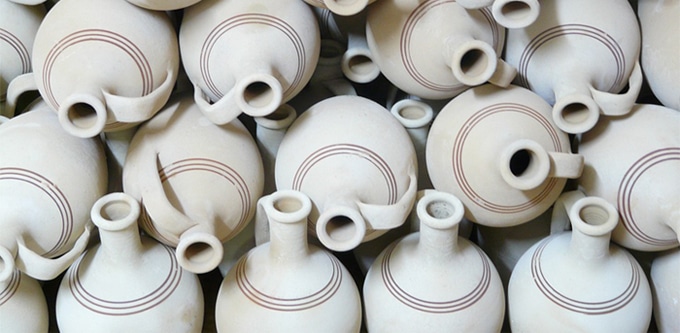Ceramic Chemicals Analysis Service

Ceramics are a class of inorganic, nonmetallic solids, which can subject to high temperature in manufacture and application. Ceramics consist of four key components described as below, each with their own function. Silica is the base material for glass and for ceramic glazes. Silica is the base material for ceramic glazes, but with much higher boiling point. Fluxes are chemicals added to the silica to lower its melting point. Alumina is the portion added to “shrinks-to-fit” the clay. Colorants and glaze modifiers are added to glazes to modify the color, glaze opacity, iridescence or working qualities.
All of the following chemicals are analyzed in Creative Proteomics.
- Silica
Raw clay, silica oxide, flint, silica sand… - Fluxes
Alkaline fluxes, alkaline earths, metallic oxides… - Alumina
Clay… - Colorant and Glaze Modifier
Metallic oxides, suspenders, matting agents, opacifiers, opalescence…
Tests and analysis services for ceramics chemicals at Creative Proteomics are as follows.
- Compositional Analysis
- Deformulation (reverse engineering)
- Identification of Unknown Material
- Fault Detection and Diagnosis in Industrial System
- Product and Process Development
- Contract R & D
Related Services



